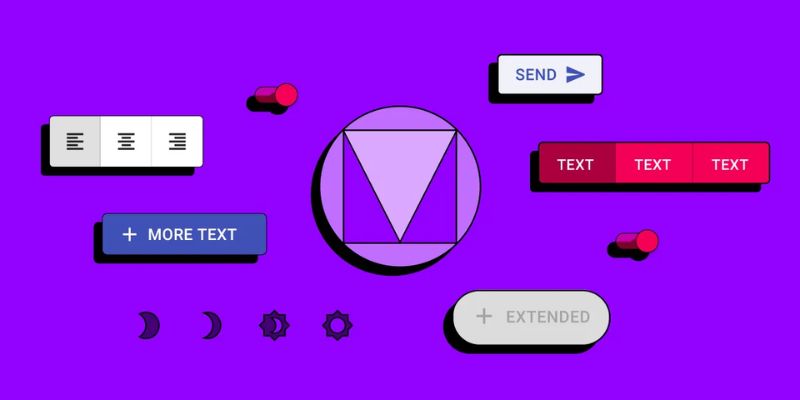In Android app development, the user interface (UI) and user experience (UX) play pivotal roles in creating engaging and intuitive applications. Material Design, introduced by Google, has become the standard for designing visually appealing and functional Android apps. Material Design Components offer a set of pre-built UI elements that not only enhance the aesthetics but also improve the overall usability of Android applications. Let’s explore how Material Design Components can elevate the UI/UX in Android apps. Are you looking to advance your career in Android? Get started today with the Android Training in Chennai from FITA Academy!
Material Design Components
Material Design is a design language developed by Google in 2014, focusing on delivering a consistent and unified user experience across platforms. Material Design Components (MDC) are a collection of ready-to-use UI elements, such as buttons, cards, dialogs, and navigation patterns, built following Material Design guidelines. These components provide developers with a toolkit to create apps that are visually appealing, responsive, and intuitive.
Consistent Design Language and Patterns
One of the primary benefits of using Material Design Components is the adherence to a consistent design language and UI patterns. When users interact with an app built with MDC, they encounter familiar elements and behaviors consistent with other Android apps. This familiarity leads to a more intuitive user experience as users know what to expect and how to navigate the app.
Visually Engaging UI Elements
Material Design Components offer a range of visually engaging UI elements that can elevate the aesthetics of an Android app. For example:
- Material Buttons: Stylish and customizable buttons with built-in ripple effects and elevation.
- Material Cards: Versatile containers for content with shadowing and elevation for depth.
- Bottom Navigation: A bottom navigation bar for easy access to app sections, complete with shifting animations.
- Snackbar: Non-intrusive notifications that provide feedback or prompts to users.
- Chips: Compact elements for input, filtering, or selection, available in various styles.
These components not only look appealing but also provide intuitive interactions, such as touch feedback and animations, enhancing the overall user experience.
Responsive and Adaptive Design
Material Design Components are designed with responsiveness and adaptability in mind. They automatically adjust to different screen sizes, orientations, and devices, ensuring a consistent experience across smartphones, tablets, and even foldable devices. This responsiveness is crucial for modern apps that need to cater to a wide range of devices with varying screen sizes and resolutions. Learn all the Android techniques and become an Android developer. Enroll in our Android Online Training.
Accessibility and Usability
Accessibility is a key aspect of modern app development, ensuring that apps are usable by all users, including those with disabilities. Material Design Components come with built-in accessibility features, such as focus management, touch targets, and screen reader support. Developers can create accessible apps by leveraging these components, making their apps inclusive and user-friendly for all.
Ease of Implementation and Customization
Material Design Components are easy to implement, thanks to their modular and well-documented nature. Developers can quickly integrate these components into their projects using libraries like Material Components for Android (MDC-Android). Additionally, these components are highly customizable, allowing developers to tailor the colors, typography, and behavior to match their app’s branding and style.
Real-World Example: Implementing Material Design Components
Imagine a news app that utilizes Material Design Components:
- News Cards: Each news article is displayed in a Material Card, showcasing the headline, image, and summary. Users can swipe through the cards for a seamless browsing experience.
- Bottom Navigation: The app features a bottom navigation bar with icons for categories like “Top Stories,” “Tech,” “Sports,” etc. Users can easily switch between sections with smooth animations.
- Floating Action Button (FAB): A FAB allows users to quickly share an article or initiate a search, providing a prominent and consistent action button.
In conclusion, Material Design Components (MDCs) elevate UI/UX in Android apps with consistent design, responsive layouts, and accessibility features. Developers benefit from streamlined development, improved usability, and visually appealing apps. MDCs are essential for creating modern, user-friendly experiences, meeting the rising demand for exceptional Android apps. Looking for a career as an Android developer? Enroll in this Advanced Training Institute in Chennai and learn about Android techniques and tools from experts


